Fin Rot in Aquarium Fish: A Comprehensive Guide
Aquarium fish are more than just a hobby for most of us. For many, they are just as much a pet as the furry ones. However, like any living creature, fish are susceptible to diseases, one of the most common being fin rot. In this blog post, we'll guide you through everything you need to know about fin rot—how to identify it, what causes it, how to treat it, and, importantly, how to prevent it. Are some fish more prone to it? Does it cause secondary issues? Read on to find out.
Identifying Fin Rot
Fin rot, an aquatic menace, is distressing to behold and can spell doom for your fish if left untreated. Early detection plays a pivotal role in ensuring the health and longevity of your aquarium dwellers. This condition manifests through various symptoms that progressively worsen if left unchecked:
- Initially, you might notice your fish's fins exhibit frayed or ragged edges, signalling the onset of fin rot. This deterioration is not just aesthetic; it indicates a deeper health issue.
- Another key symptom is a whitish or milky discolouration at the edge of the fins. This discolouration is a telltale sign of infection, differentiating fin rot from normal colour variations in fish.
- As the disease advances, the affected fins shorten or degrade further. This is due to the progressive nature of fin rot, which eats away at the fin tissue.
- In severe cases, the base of the fins may become inflamed or even develop a bloody appearance. This stage of infection can cause significant distress to the fish and, if untreated, can lead to systemic disease.
Distinguishing fin rot from other diseases or injuries is crucial for administering the proper treatment. Unlike injuries that result from fights or rough handling, which typically occur suddenly and are localised, fin rot develops gradually and can affect multiple fish within the same tank, indicating an environmental or contagious cause.
Effective treatment hinges on accurately identifying fin rot early on. Various treatments are available, ranging from over-the-counter remedies to improve water quality and reduce stressors to antibiotics for more severe cases. In addition to treating the affected fish, addressing underlying issues such as water quality, overcrowding, and nutrition can help prevent future outbreaks and ensure a healthy environment for your aquarium inhabitants.

Treating Fin Rot
Treating fin rot in tropical fish involves a multifaceted approach focusing on improving water quality, identifying and eliminating the root cause of stress, and administering appropriate treatments. Here's a detailed guide for new fishkeepers on how to treat fin rot effectively:
Identify Fin Rot Early
Symptoms to watch for include frayed, torn, or discoloured fins. In more advanced cases, you might notice the base of the fins appearing milky or displaying blood streaks, indicating a potentially serious condition.
Action
If you observe these symptoms, it's crucial to act swiftly by isolating the affected fish from the rest of the aquarium inhabitants, if feasible. This preventive measure helps stop the infection from spreading to the healthy companions in the tank.
Improve Water Quality
Poor water quality stands as the leading cause of fin rot in fish. To effectively treat and prevent this condition, it is crucial to focus on improving the overall conditions of your aquarium, ensuring a healthier and safer environment for your aquatic life.
Water Changes
To address water quality issues effectively, initiating an immediate water change, ranging from 25% to 50% is as crucial as maintaining this routine daily or every other day. This process should be continued until the water parameters reach optimal levels. Specifically, the goal is to achieve 0 parts per million (ppm) of ammonia and nitrites, ensuring these harmful substances are absent from the water. Additionally, maintain nitrates below 20 ppm to ensure a healthy and safe environment for aquatic life. This approach is essential for restoring and preserving the delicate balance of your marine ecosystem.
Test Water Parameters
To ensure the health and well-being of your tropical fish, it's crucial to regularly use a water testing kit to monitor various parameters of your aquarium's environment. These parameters include the levels of ammonia, nitrite, and nitrate, as well as the pH and temperature of the water. Tropical fish are susceptible to their surrounding water conditions, requiring specific parameters to thrive and remain healthy. Therefore, it's important to not only test these levels frequently but also to take the necessary steps to adjust the water conditions to match the specific needs of your species. Maintaining the optimal conditions in your tank will help prevent stress and disease in your fish, contributing to a vibrant and thriving aquarium ecosystem.
Filtration: Ensure your filter is adequate for your tank size and is functioning correctly. It should cycle all the water in the tank several times an hour.
Quarantine and Medication
If fish show signs of fin rot, moving them to a quarantine tank can be beneficial for treating and protecting other fish.
Set Up a Quarantine Tank: This should be a separate aquarium with water conditions similar to your main tank but without decorations or substrate to make treatment and observation easier.
Selecting Medication: Over-the-counter or antifungal medications specifically designed for treating fin rot are available. Read and follow the instructions carefully. Treatments like Maracyn (erythromycin) or Furan-2 (nitrofurazone) can be effective against bacterial fin rot, if it is available to you. Methylene Blue can also be an effective treatment available from most LFS and pet shops. Always consult with a vet or an experienced aquarist before medicating fish. Remember to use carbon after treatment to remove the medication
Find Methylene Blue here
Find carbon here
Medication Process: Dissolve the medication in the quarantine tank according to the package directions. The duration of treatment varies by medication, but it's typically between 5 to 10 days. Observe the fish's response to treatment daily.
Support Fish Recovery
Stress Reduction: Ensure the fish has a calm environment. Proper lighting cycles should be provided, noise and vibrations should be reduced near the tank, and the quarantine tank should not be in a high-traffic area.
Nutrition: Fish need a high-quality, varied diet to support the immune system. Consider foods enriched with vitamins and supplements that boost health.
Water Condition Management in Main Tank
While treating the affected fish, focus on improving and maintaining the water quality in the main tank.
- Regular Maintenance: Continue performing regular water changes, vacuum the substrate to remove waste, and clean the filter (without killing beneficial bacteria).
- Monitor Tank Mates: Watch for signs of fin rot or stress in other fish. Healthy, stress-free fish are less likely to develop infections.
- Prevention:Preventing fin rot involves:
Maintaining excellent water quality.
Avoiding overcrowding.
Providing a balanced diet.
Regularly checking fish for signs of stress or injury.
- Regular Observation: Daily checks on your fish can help you spot and treat problems early.
- Quarantine New Arrivals: Always quarantine new fish for at least two weeks before introducing them to your main tank to prevent the spread of diseases.
- Consult Professionals:If you need clarification or the condition doesn't improve, seek advice from a veterinarian specialising in aquatic animals, your local fish shop, or a knowledgeable and trustworthy hobbyist.
Treating fin rot requires patience and attention to detail. By improving water quality, isolating affected fish, and applying the appropriate treatment, you can often reverse fin rot and help your tropical fish recover fully. Remember, prevention is the key to success in fishkeeping, and maintaining a clean, stress-free environment is paramount.
It's also important to note the role of carbon filters during treatment. Carbon filters effectively remove impurities and medication from water, which, while beneficial under normal conditions, can counteract the treatment process. Therefore, eliminating carbon filters when treating the water with medication is advisable to ensure the treatment remains effective and achieves the desired outcome.
Implementing these detailed strategies can significantly enhance the chances of recovery for sick fish, maintain a healthy aquarium environment, and prevent future disease outbreaks.

Causes of Fin Rot
Compromised water quality is the leading culprit behind fin rot, a common ailment in aquarium fish. When ammonia, nitrite, and high nitrate levels soar, poor water conditions stress fish and drastically weaken their immune systems. This weakened state leaves them far more vulnerable to opportunistic bacterial infections that attack the fins, leading to rot.
Moreover, several environmental and management factors exacerbate this condition. Overcrowding in the tank is a significant issue; it elevates stress levels among fish due to limited resources and space and fosters aggression. Such a tense environment can precipitate fin injuries, which serve as entry points for bacteria, further compounding the risk of fin rot.
Another critical factor is the introduction of new fish into an established aquarium without proper quarantine measures. Newcomers may harbour pathogens, including those responsible for fin rot, which can rapidly spread through the tank, infecting other inhabitants. Quarantine practices, such as isolating new fish for a certain period and closely monitoring them for any signs of disease before introduction into the main tank, are fundamental in preventing this issue.
Understanding fin rot's multifaceted causes is pivotal in prevention and treatment. By maintaining optimal water quality, managing tank population wisely, and adhering to strict quarantine protocols, aquarium enthusiasts can significantly mitigate the risk of fin rot, ensuring the health and well-being of their aquatic companions.

Preventing Fin Rot
Preventing diseases like fin rot in your aquarium is crucial; it's always easier than treating them after they've occurred. Maintaining high water quality is vital to protecting your fish. This involves regular testing of the water parameters, such as pH, ammonia, nitrites, and nitrates, to ensure they remain within safe levels. For example, performing weekly tests and water changes of at least 25-30% can drastically reduce the risk of fin rot.
Another important factor is managing the aquarium's population density. Overstocking your tank can lead to decreased oxygen levels and increased waste, which can stress your fish and make them more susceptible to diseases. Aim to provide ample space for each fish based on the species-specific requirements. For instance, a 10-gallon tank should not house more than three small fish.
Additionally, the social dynamics within the tank can significantly impact fish health. Aggressive fish may bully others, causing stress-related illnesses. It's vital to research and understand the temperament and compatibility of fish before adding them to your community. For instance, keeping peaceful species like tetras with aggressive species like cichlids could lead to stressed tetras, making them prone to diseases.
Quarantine new arrivals before introducing them to your main tank to prevent the spread of diseases. A quarantine period of at least two to three weeks allows you to observe new fish for any signs of illness or stress without risking the health of your established community. This step is often overlooked but can be the difference between a healthy aquarium and one plagued by disease.
By taking these detailed steps—regular water quality checks, avoiding overstocking, ensuring compatibility among fish, and quarantining new arrivals—you can significantly reduce the risk of fin rot and other aquatic diseases, promoting a healthier environment for your aquatic pets.
Fish Species Prone to Fin Rot
Fin rot is a common condition affecting many fish species, particularly in aquarium settings. It's often the result of poor water quality, stress, overcrowding, or a weakened immune system, leading to bacterial or fungal infections that eat away at the fish's fins. Some fish are more prone to fin rot due to their specific characteristics or living conditions. Here's a list of fish commonly affected by fin rot and reasons why they might be more susceptible:
Betta Fish (Betta splendens)
- Reasons for Susceptibility: Betta fish have long, flowing fins that are more prone to damage. Small tears can become infected, leading to fin rot. Additionally, bettas are often kept in small bowls or tanks that might need more optimal filtration or water conditions, exacerbating the problem.
Goldfish (Carassius auratus)
-
Reasons for Susceptibility: Goldfish produce significant waste, which can quickly deteriorate water quality if not properly managed. Poor water conditions make them more susceptible to diseases like fin rot.

Guppies (Poecilia reticulata)
-
Reasons for Susceptibility: Like bettas, guppies have long, flowing fins that are easily damaged. Overcrowding in tanks, a common issue with guppies due to their prolific breeding, can also stress the fish and lower their immunity.

Angelfish (Pterophyllum sp.)
- Reasons for Susceptibility: Angelfish's large, delicate fins can quickly become nicked or torn, especially in tanks with decorations or aggressive tank mates. Such injuries can quickly become infected, leading to fin rot.
Cichlids
- Reasons for Susceptibility: Some cichlids, especially those with longer fins, can be prone to fin rot mainly due to aggression within the tank, leading to fin nipping and subsequent infection.
Tetras (Characidae family)
-
Reasons for Susceptibility: Tetras are often kept in schools and can become stressed if their social structure isn't stable. Stress weakens their immune system, making them more vulnerable to infections like fin rot.

Fancy Tail Guppies (Poecilia reticulata)
-
Reasons for Susceptibility: Their elaborate tails are their pride and weakness. They're easily damaged and can be targeted for nipping by other fish, leading to fin rot.

Neon Tetras (Paracheirodon innesi)
- Reasons for Susceptibility: Despite being hardy, neon tetras are susceptible to sudden changes in water conditions, which can stress them and lower their resistance to diseases such as fin rot.
Prevention and Treatment
For these fish specifically, prevention is key. Maintaining good water quality, ensuring a well-balanced diet, avoiding overcrowding, and providing a stress-free environment are critical steps in preventing fin rot. However, if the condition does occur, remember that early intervention with appropriate antibiotics (for bacterial infections) or antifungal medications (for fungal infections) after consulting a veterinarian is crucial. This proactive approach, regular water changes, and improving tank conditions empower you to stop the disease's progression and prevent future outbreaks.
Conclusion
With the right knowledge and care, fin rot is a manageable condition. By understanding what causes fin rot, how to identify its symptoms, and taking the appropriate steps to treat and prevent it, you can ensure your aquarium remains a healthy and happy environment for your fish.
Remember, a well-maintained tank is the foundation of fish health. Apply the advice in this guide to help keep your friends thriving for years.
Do you have experience with fin rot in your aquarium? Share your stories or any questions in the comments below. Your insights could help fellow fish enthusiasts!
---
If you found this article insightful, share it across your social networks to help spread Finrot awareness in the aquarium hobby community.
Photos courtesy of Dr Gerald Bassleer


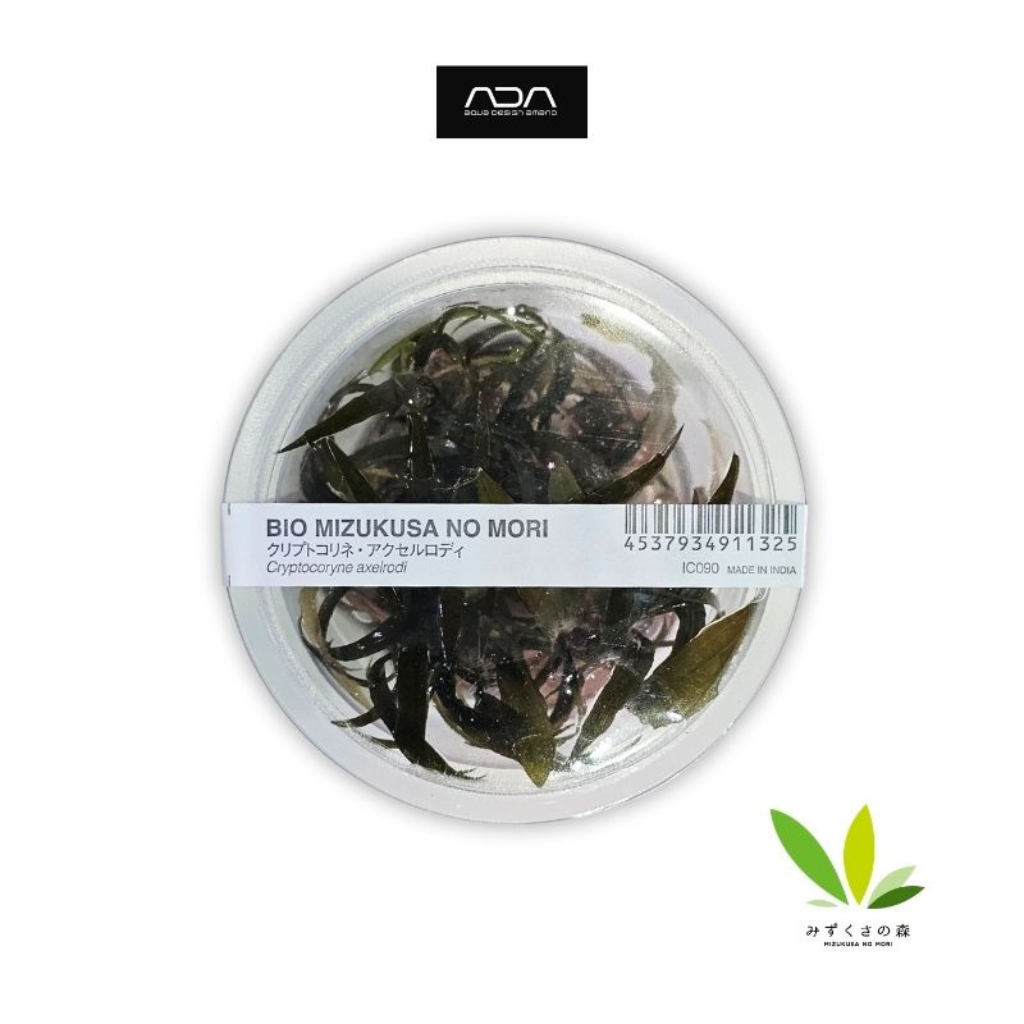
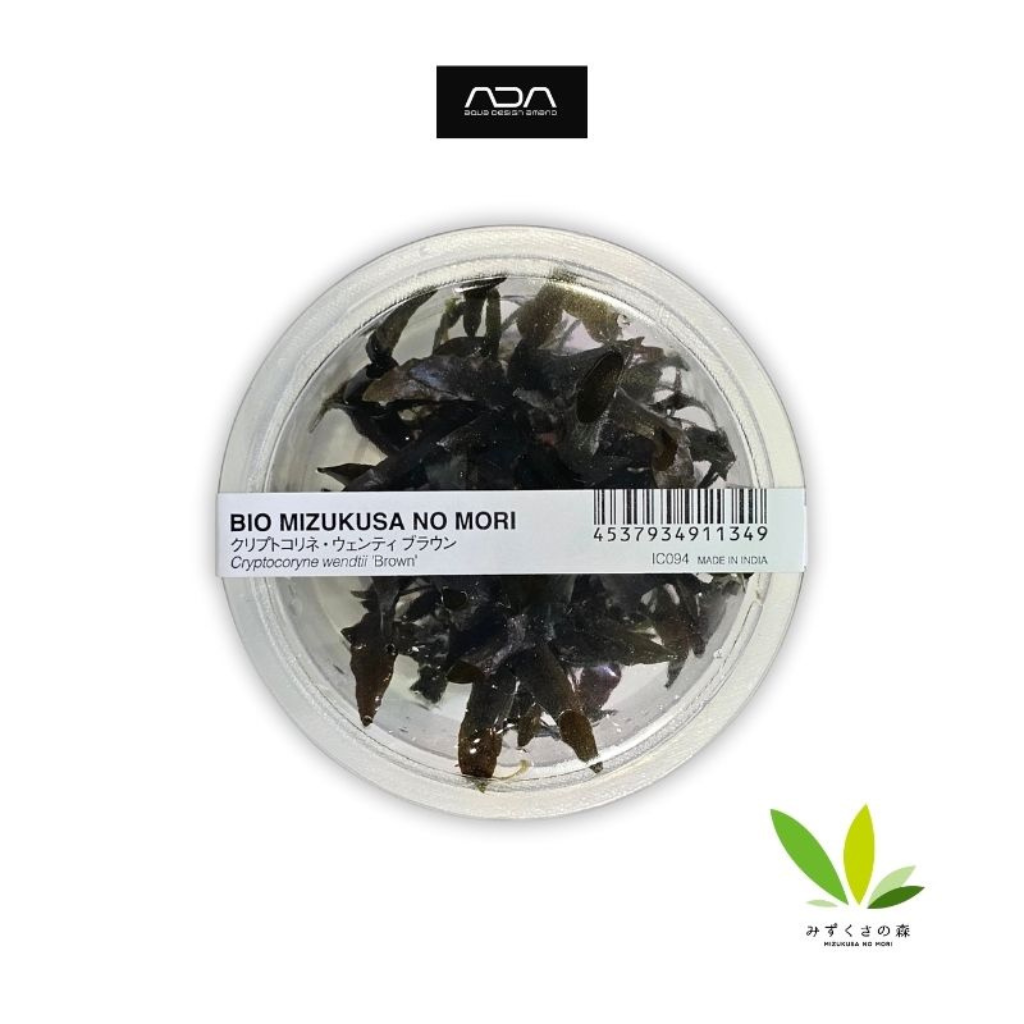
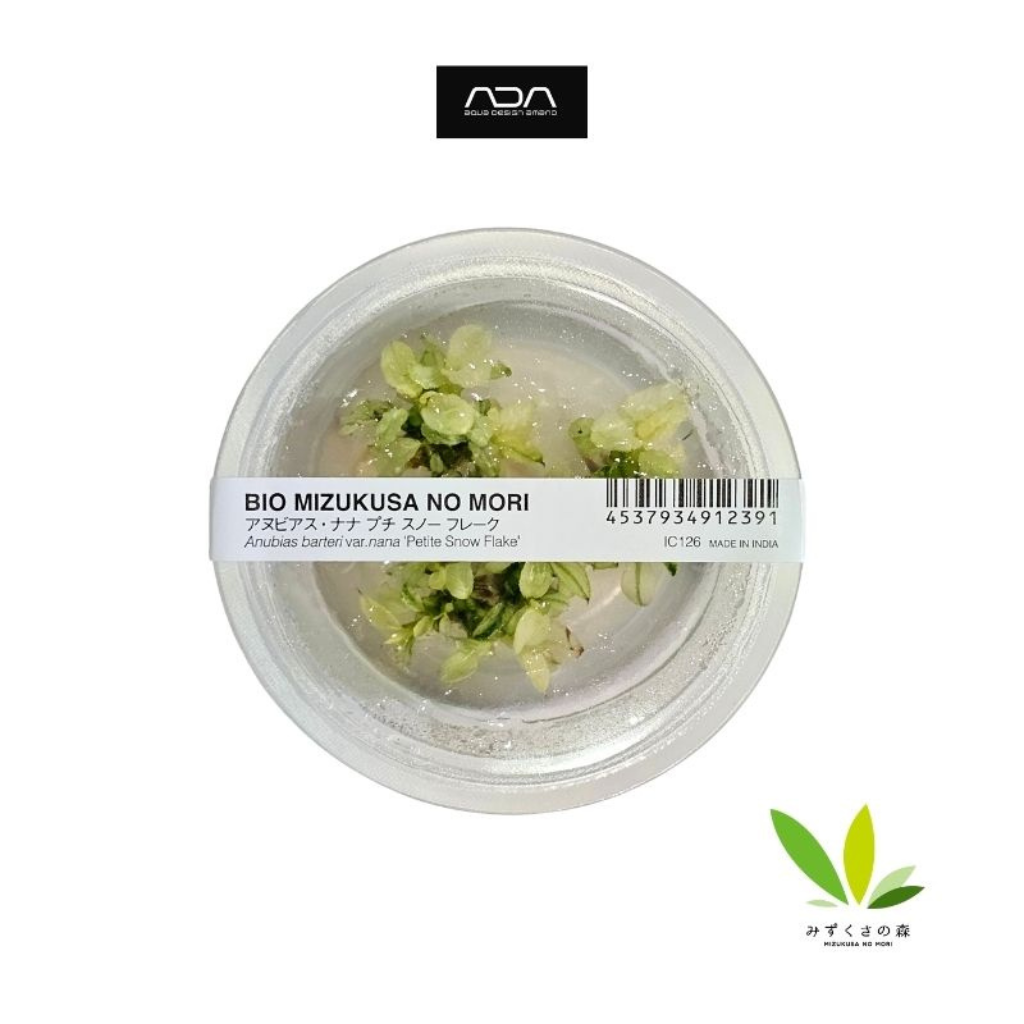

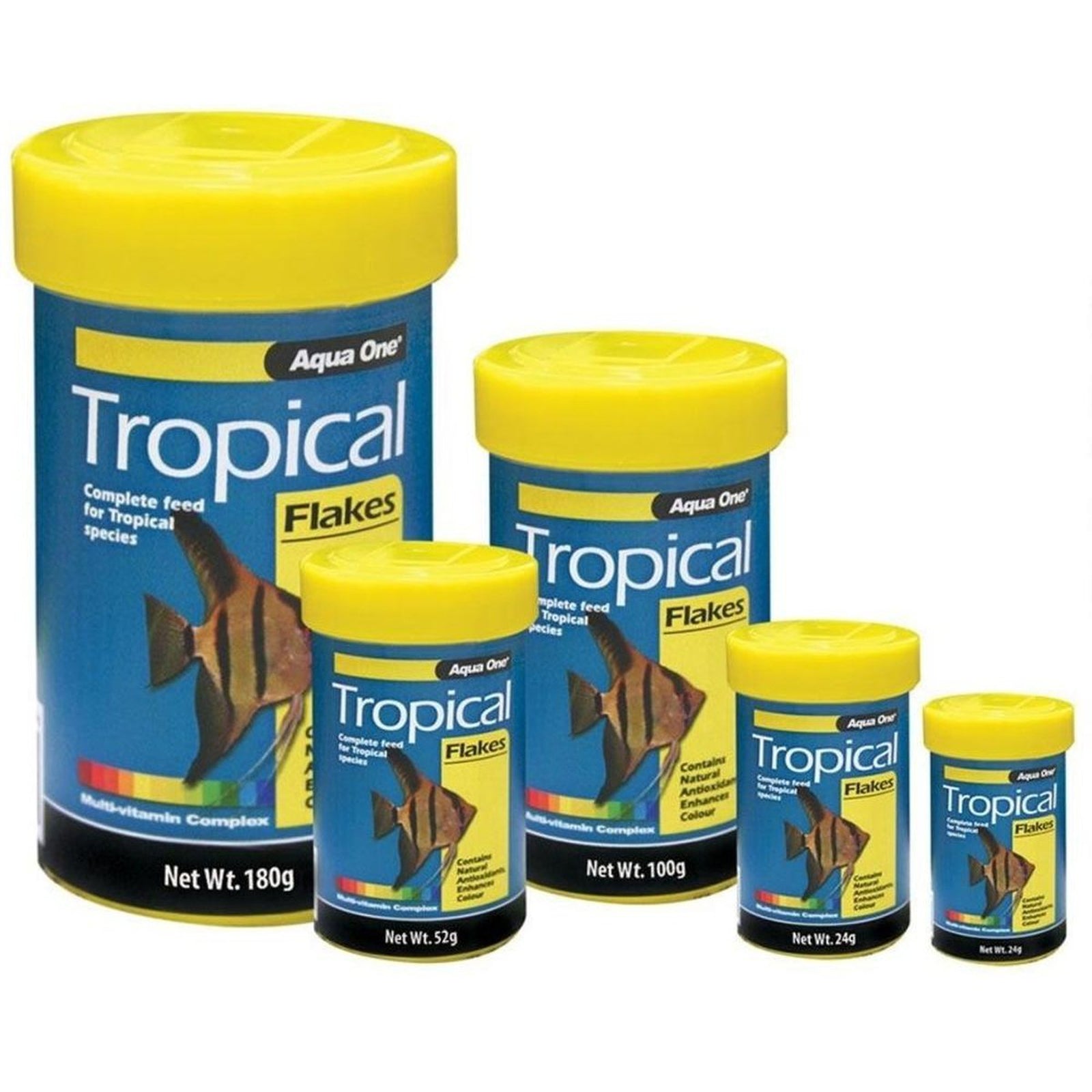
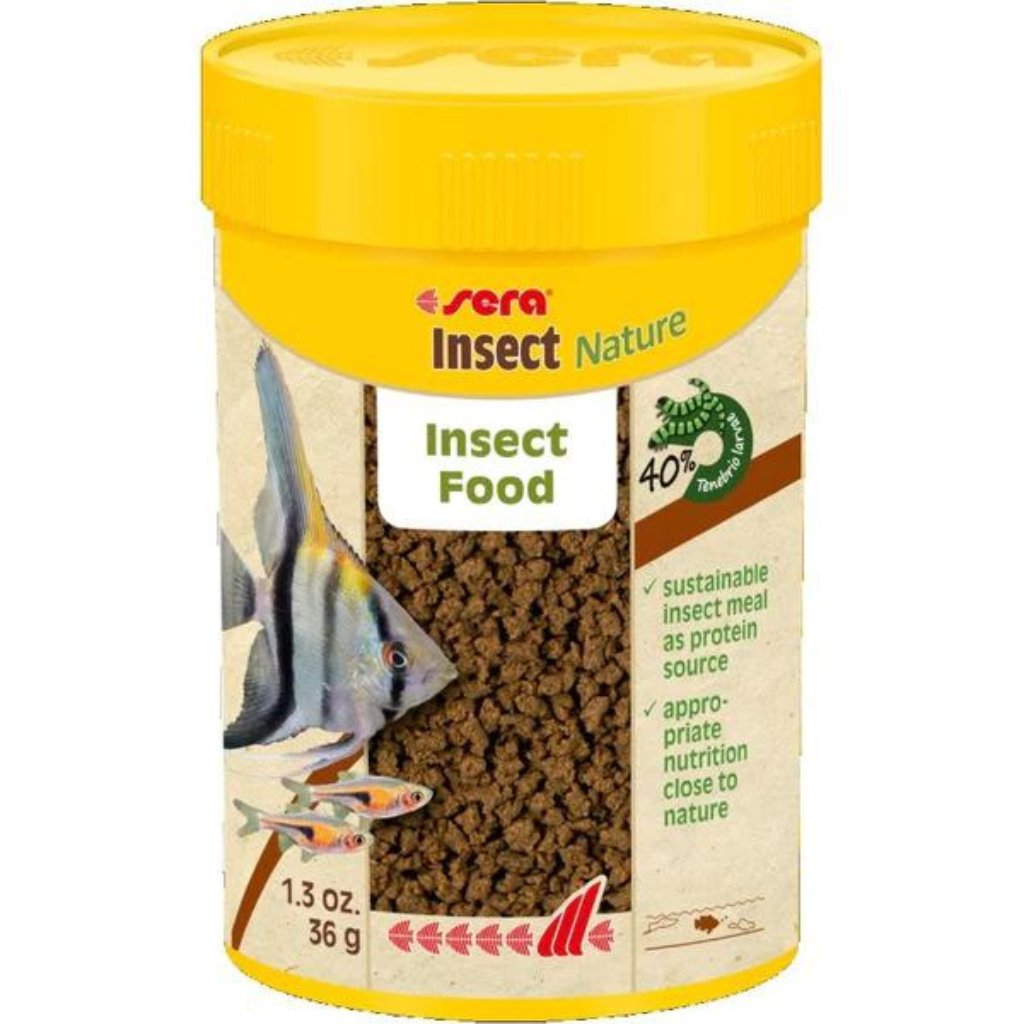






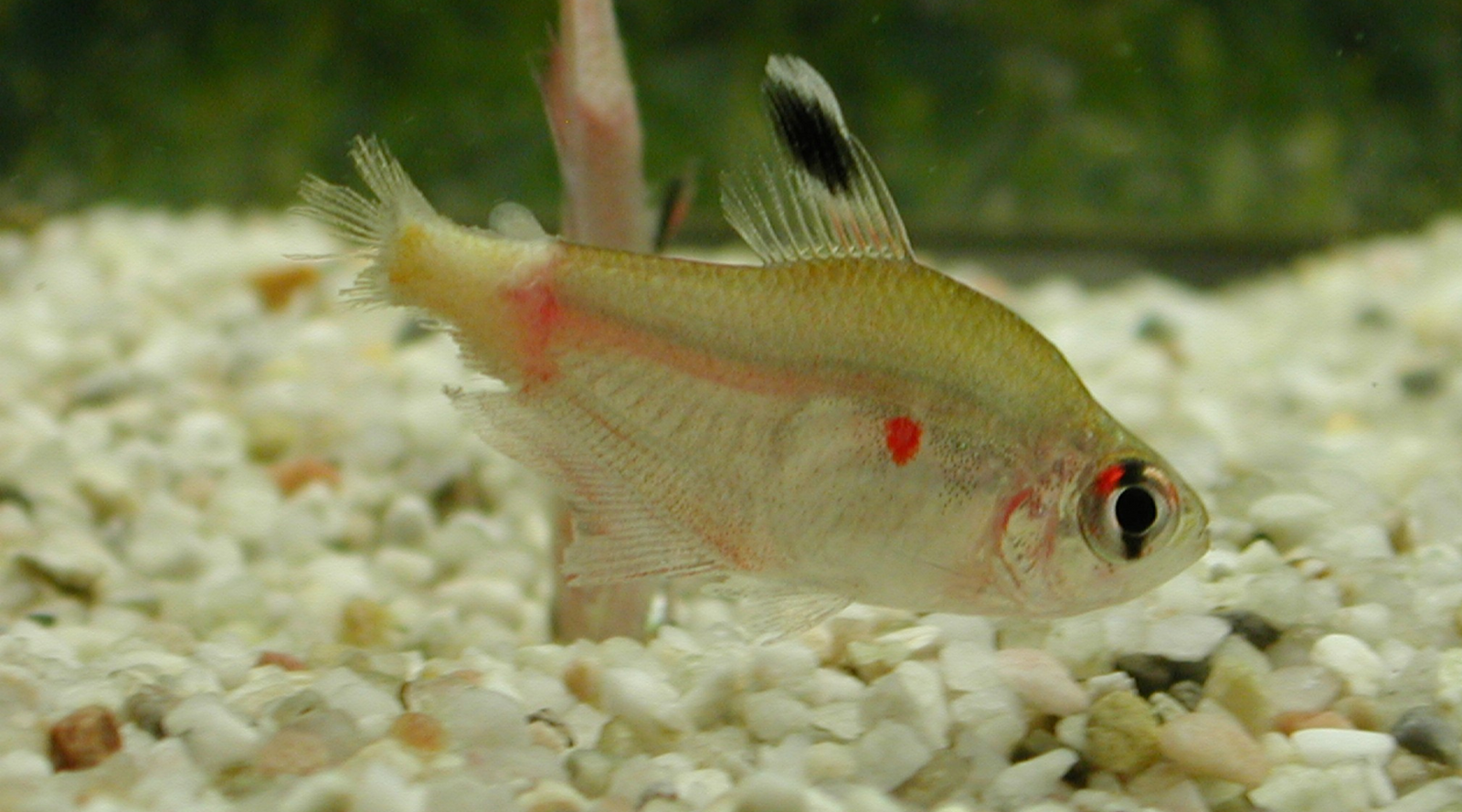
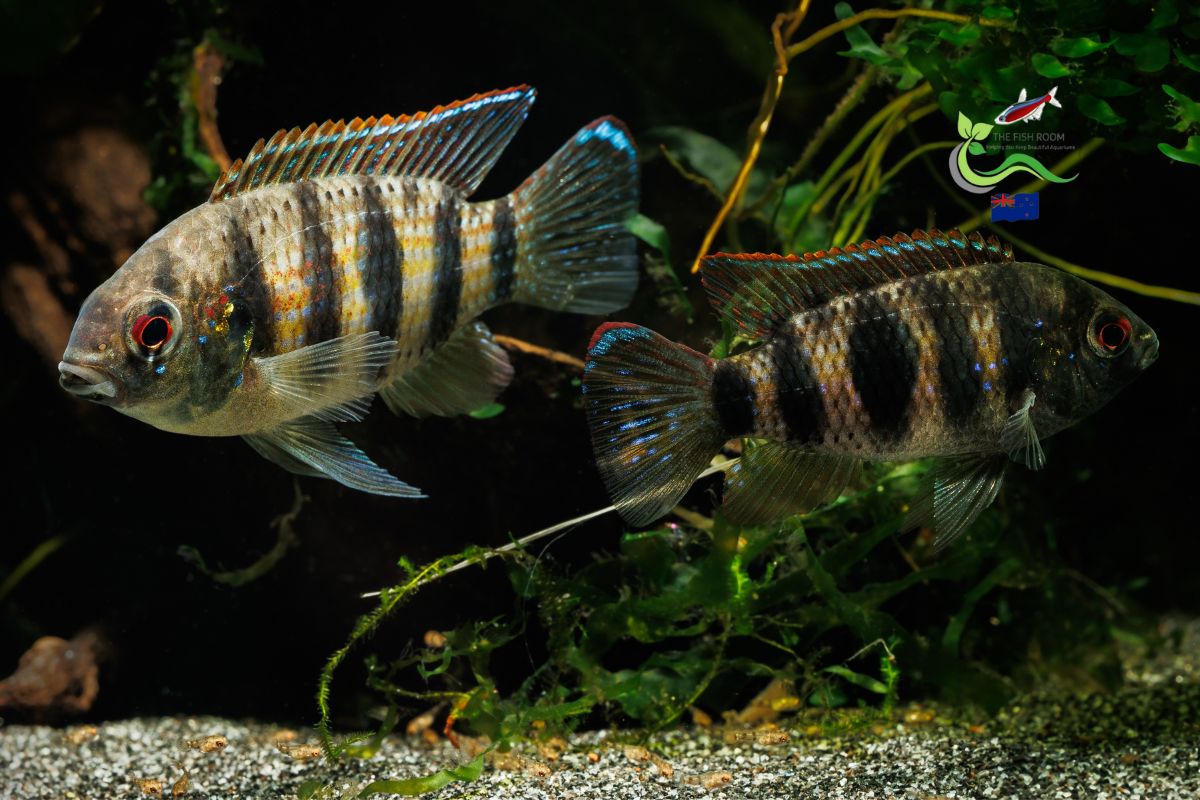
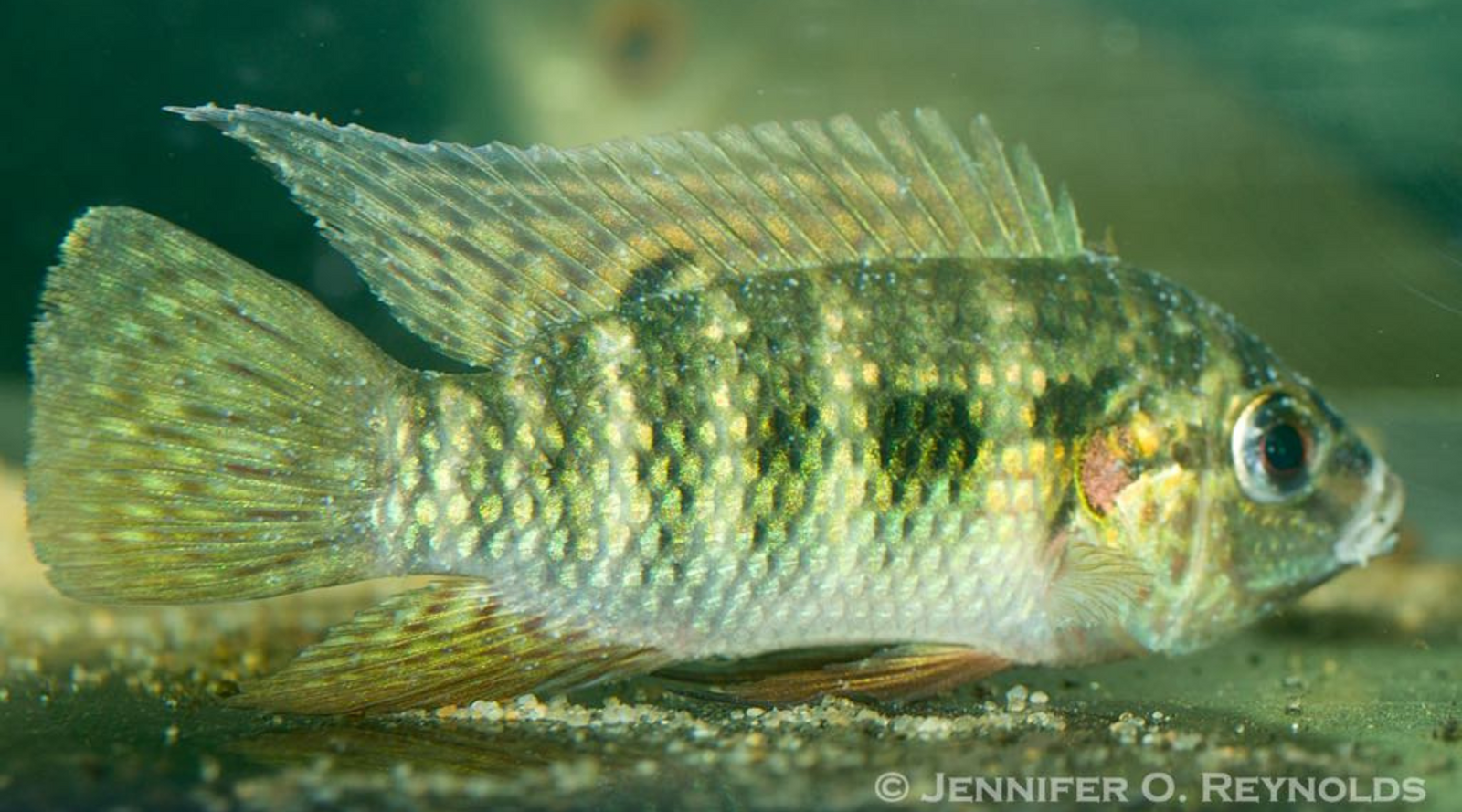
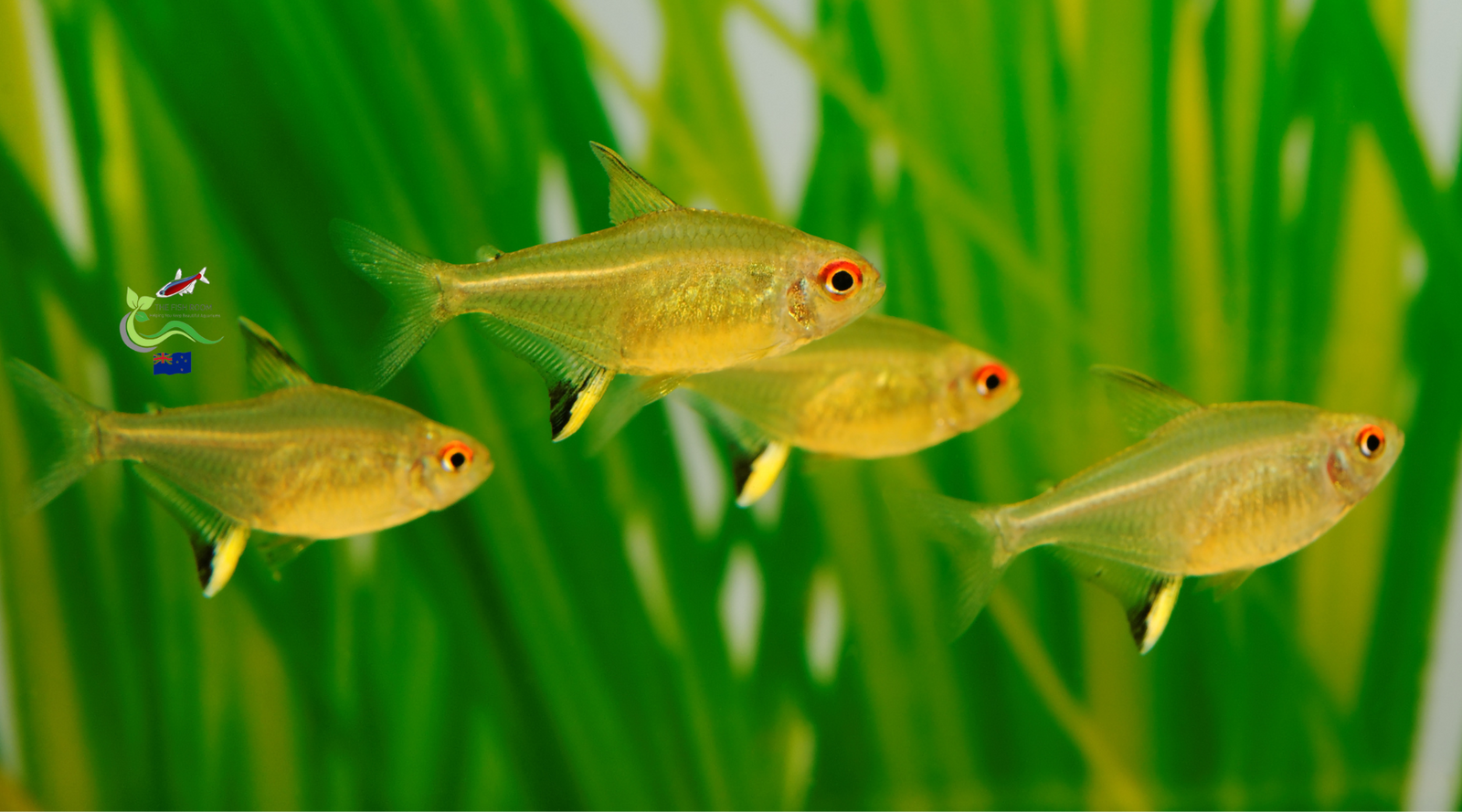
Leave a comment (all fields required)